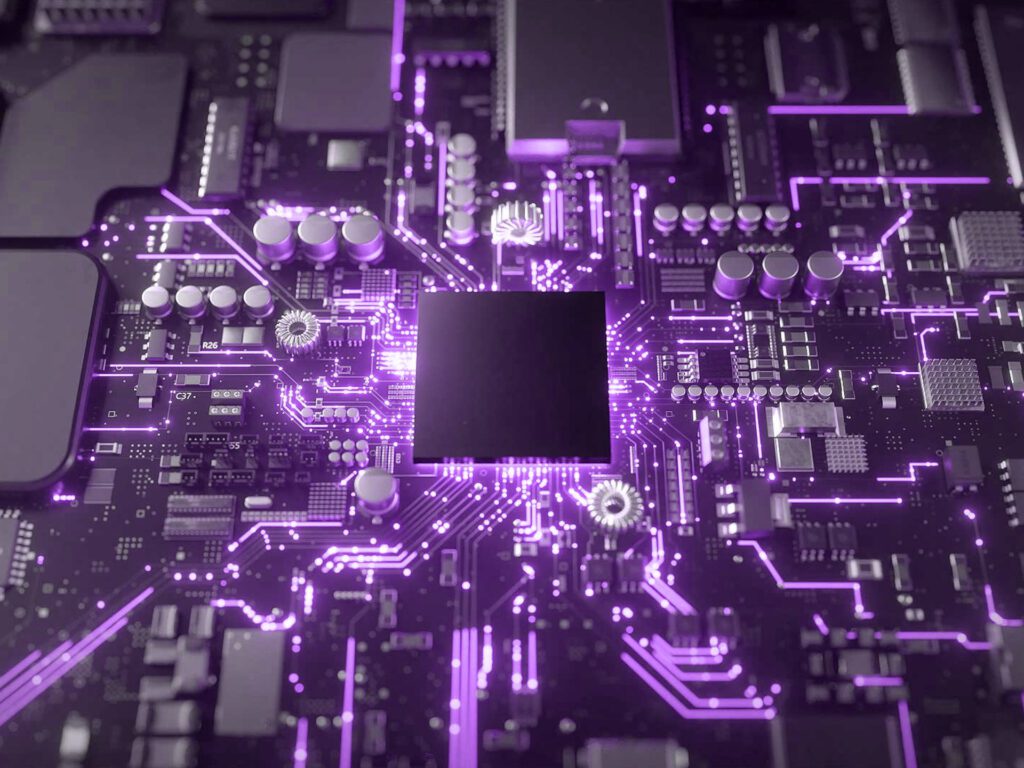Embedded technologies are advancing annually, becoming more robust, capable of higher performance, compact, economical, and most significantly, intelligent. The efficiency and performance of embedded systems are increased by their design to function with little or no human interaction. This, and many more such benefits have resulted in a global adoption and growth in the embedded systems industry, with the market expected to reach $116.2bn by 2025 with a CAGR of 6.1%, according to a recent research.
Embedded systems are already a crucial component of industrial automation and management in a variety of sectors, including the automotive, healthcare, manufacturing, and defense industries. Let’s examine more closely why embedded systems have been so common over time and how they continue to render technologies necessary:
High Performance with Multicore Microcontrollers
The development of microcontrollers for embedded systems is accelerating rapidly. Microcontroller demand is spurred by the low prices made attainable by rising market competitiveness. Because separate cores can be dedicated to certain computational tasks, multicore processors perform better than single-core processors. The benefits include improved performance, decreased power consumption, more efficient simultaneous processing of many tasks, and increased speed in embedded systems such as consumer products, industrial equipment, and vehicle systems such as navigation systems, among others. The affordability of multicore microcontrollers also contributes to their increasing demand among businesses.
Tech-Enabled Innovation with Connected Devices
We live in a connected world in which large quantities of data are collected and processed every second by means of smart gadgets equipped with cutting-edge IoT sensors. Providing wireless connectivity to embedded devices facilitates the navigation of wireless protocol and topology solutions. The expanding range of use cases of connected devices has resulted in an explosion of new, application-specific wireless solutions. In addition, the new trends and technologies enable embedded developers in determining the possibilities available to them and the best applications for which they are most suited.
Enhanced Interoperability
Connectivity, which adds more functionalities and makes the system more secure, and a UI that has a lot of user-friendly features have become very essential in today’s embedded systems. The requirement for interoperability and open, yet safe, data flow among embedded systems has led to an unprecedented emphasis on system integration. In fact, in order to construct device-level systems, one needs comprehend the bottom-to-top method, i.e. how chip-level embedded systems can combine with board-level embedded systems to generate a complex device-level system. Systems integration is required to strengthen interoperability controls, increase data security, and create superior products.
Improved Product Development with Embedded DevOps
The need for more sophisticated systems and shorter development cycles has prompted embedded system companies to adopt more effective development strategies. The need for teams to continuously release code while minimizing the risk of downtime has led to the evolution of increasingly precise embedded DevOps procedures. These innovative techniques shorten product development cycles to accelerate time-to-market, enhance collaboration, and ultimately create better, smarter products.
Save Resources with Low-Power Design
The proliferation of Internet of Things (IoT) devices and sensor nodes has encouraged the development of low-power designs. Low power consumption allows an embedded system to save a significant amount of money in the long run. In order to reduce power consumption and improve performance in high-end systems with dense integration, a low- power architecture is necessary. However, developing a system that can attain a low-power state efficiently can be challenging and involves a focus on monitoring the energy consumed by hardware and software, battery design and layout, wireless radio technologies, and power regulation.
Improved Security
Smart embedded devices connected to the internet pose a risk to data security and the higher possibility of cyber threats. In fact, special attention is given to enhancing the security of microcontrollers every year. The devices, code, and communication interfaces of the created microcontrollers are protected by mechanisms that are more efficient and sturdy. This provides an adequate level of security for the final product and the user. In the future, embedded system security will likely become a standard protocol.
The Embedded Systems domain is continuing to advance and innovate drastically. These devices already have numerous applications and benefits that have created endless possibilities across horizontals and verticals.
